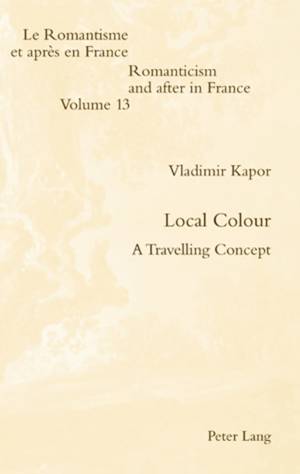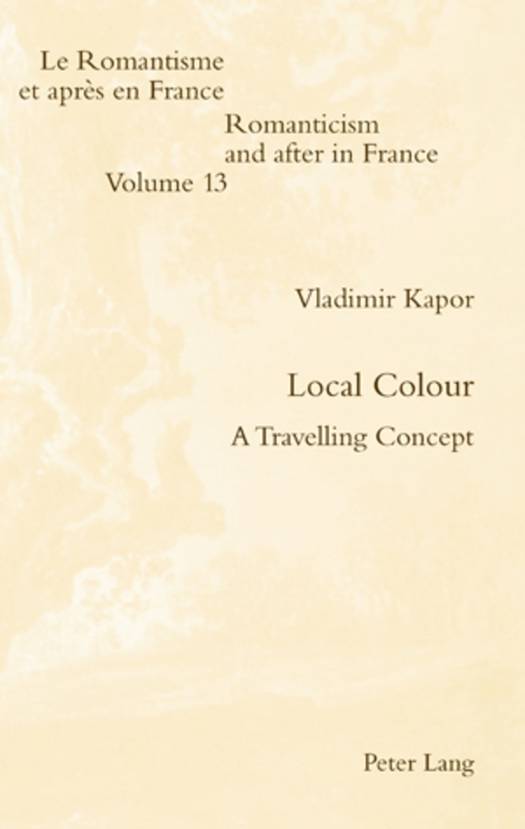
- Afhalen na 1 uur in een winkel met voorraad
- Gratis thuislevering in België vanaf € 30
- Ruim aanbod met 7 miljoen producten
- Afhalen na 1 uur in een winkel met voorraad
- Gratis thuislevering in België vanaf € 30
- Ruim aanbod met 7 miljoen producten
Zoeken
Omschrijving
Local colour is an undertheorized notion. Although the expression itself is nowadays used in everyday speech in both French and English, its 'domestication' only further highlights the need for a clarifying study of this concept, which has come to be crucial in aesthetic debates. From the seventeenth-century rift between 'Poussinistes' and 'Rubénistes', to the genesis of Romanticist aesthetic theories in early nineteenth-century France, to the North American regionalist prose of the Local colour movement; from Roger de Piles, to Benjamin Constant, Victor Hugo, Prosper Mérimée, and Hamlin Garland, this book sets out to map for the first time couleur locale's three-hundred-year journey across centuries, languages and genres. In addition to proposing a genealogy of the concept and the paths of its semantic evolution, it also initiates a reflection on the factors that could have prompted the mobility of the term across cultures, art forms and their metalanguages.
Specificaties
Betrokkenen
- Auteur(s):
- Uitgeverij:
Inhoud
- Aantal bladzijden:
- 258
- Taal:
- Engels
- Reeks:
- Reeksnummer:
- nr. 13
Eigenschappen
- Productcode (EAN):
- 9783039114153
- Verschijningsdatum:
- 15/09/2009
- Uitvoering:
- Paperback
- Formaat:
- Trade paperback (VS)
- Afmetingen:
- 152 mm x 229 mm
- Gewicht:
- 358 g

Alleen bij Standaard Boekhandel
+ 142 punten op je klantenkaart van Standaard Boekhandel
Beoordelingen
We publiceren alleen reviews die voldoen aan de voorwaarden voor reviews. Bekijk onze voorwaarden voor reviews.











